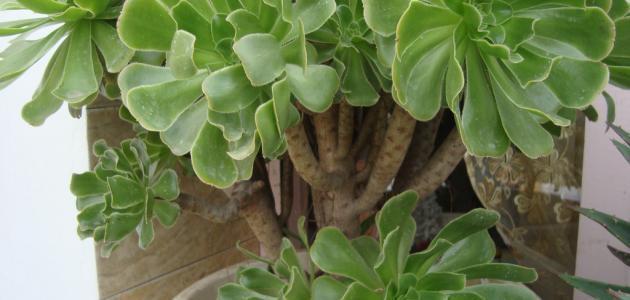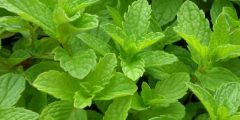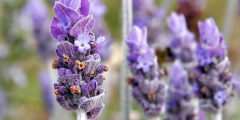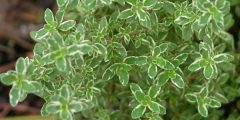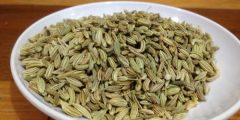the plants
Plants are considered among the living creatures that God has bestowed upon us, and this is evident in the Almighty’s saying: “Thereby He produces for you crops, and olives, and palm trees, and grapes, and all kinds of fruits” (bees), and they can be defined as a group of living creatures that live on the surface of the earth and grow from it, and from Examples include flowers, herbs of all kinds, trees, shrubs, ferns, grasses, and others. Plants consist of approximately more than 300 thousand species.
Types of plants
- Planted plants: a type of plant that humans select from nature and take care of to provide food for themselves. Such as grains and fruits. Human care for these plants revolves around improving the strains of these plants and protecting them from diseases and pests, plowing, fertilizing, irrigation, etc. Examples of the names of some of these plants include: oranges, olives, grapes, pomegranates, and vegetables such as tomatoes and beans.
- Spontaneous plants: These are plants that humans did not care about in the past, but recently people show interest in them. As forest trees to provide firewood and lumber; He takes care of them and protects them from unjust aggression, and they constitute approximately 20% of the plants on land, and among these plants are eucalyptus, oak trees, oaks, and others.
- Seed or vascular plants: These are what are called seeds, and they are the most abundant types of plants on the surface of the Earth. They are every plant that reproduces by seeds and produces flowers, and they have many types.
- Nonvascular plants: They are aquatic plants. They do not contain leaves or roots, they do not have seeds, and they do not flower.
Read also:What are the benefits of fenugreek for hair?
Plant features
- It is characterized by being autotrophic, meaning that it provides its own food, and it also provides food for humans and animals.
- It consists of several cells with a cell wall made of cellulose.
- It is characterized by being immobile.
- They coexist in different environments.
- It performs photosynthesis.
Benefits of plants
- Solar energy is converted into chemical energy by photosynthesis.
- It protects the soil from erosion and erosion, and protects the environment from desertification.
- It provides humans and animals with oxygen, and reduces the level of carbon dioxide.
- It contains many beneficial elements for humans and animals, as well as salts, carbohydrates, fibres, fats and protein, being a type of food for both.
- It is a source of livelihood for many farmers.
- It is an important source for the manufacture of medicines, perfumes, and many craft and industrial fields through the use of its flowers, leaves, roots, or seeds.
- It is a component of nature from which oil, coal and gas have been formed over the years.
- A source of energy through burning wood, and using it as fuel in many fields.
